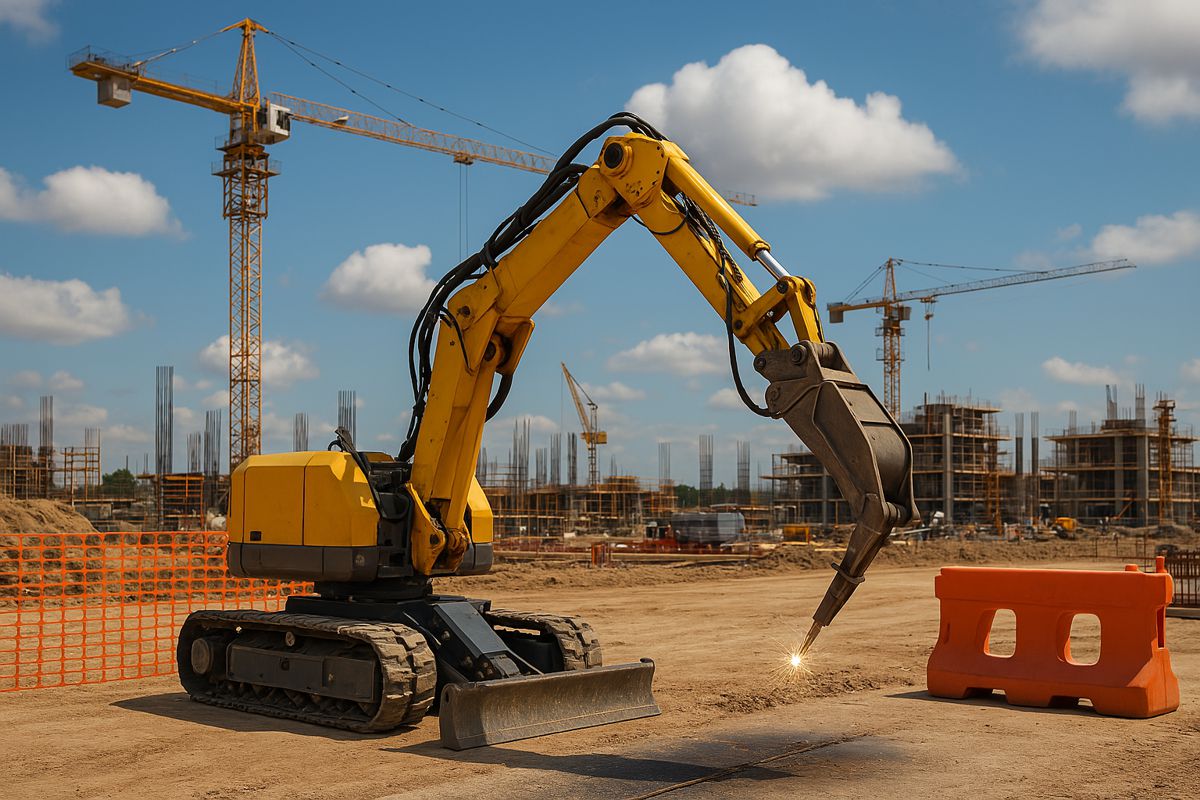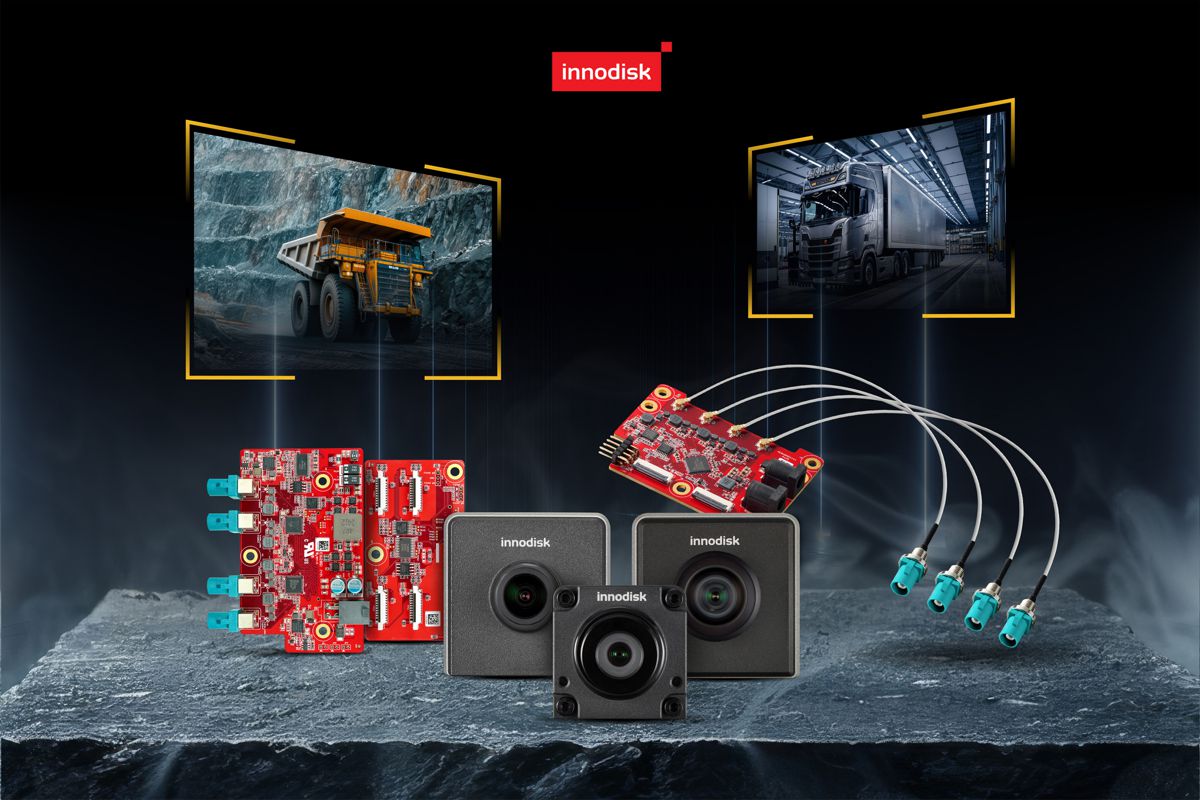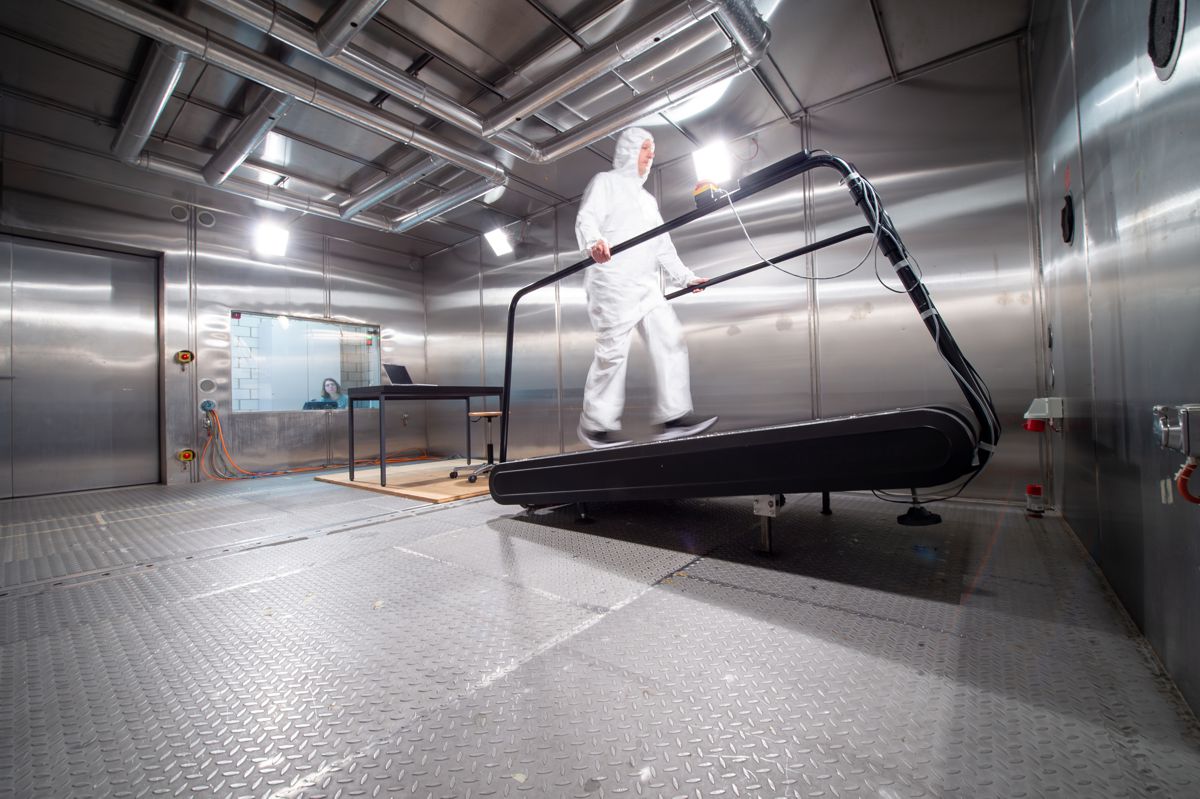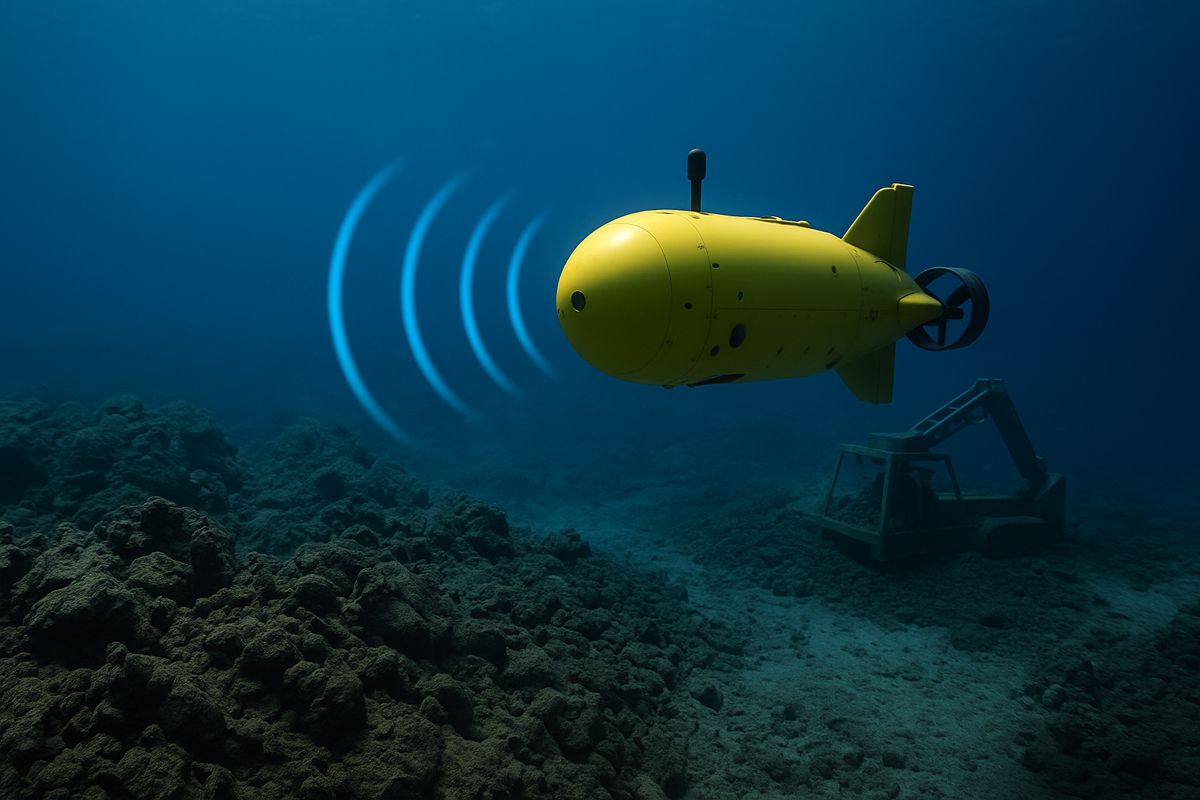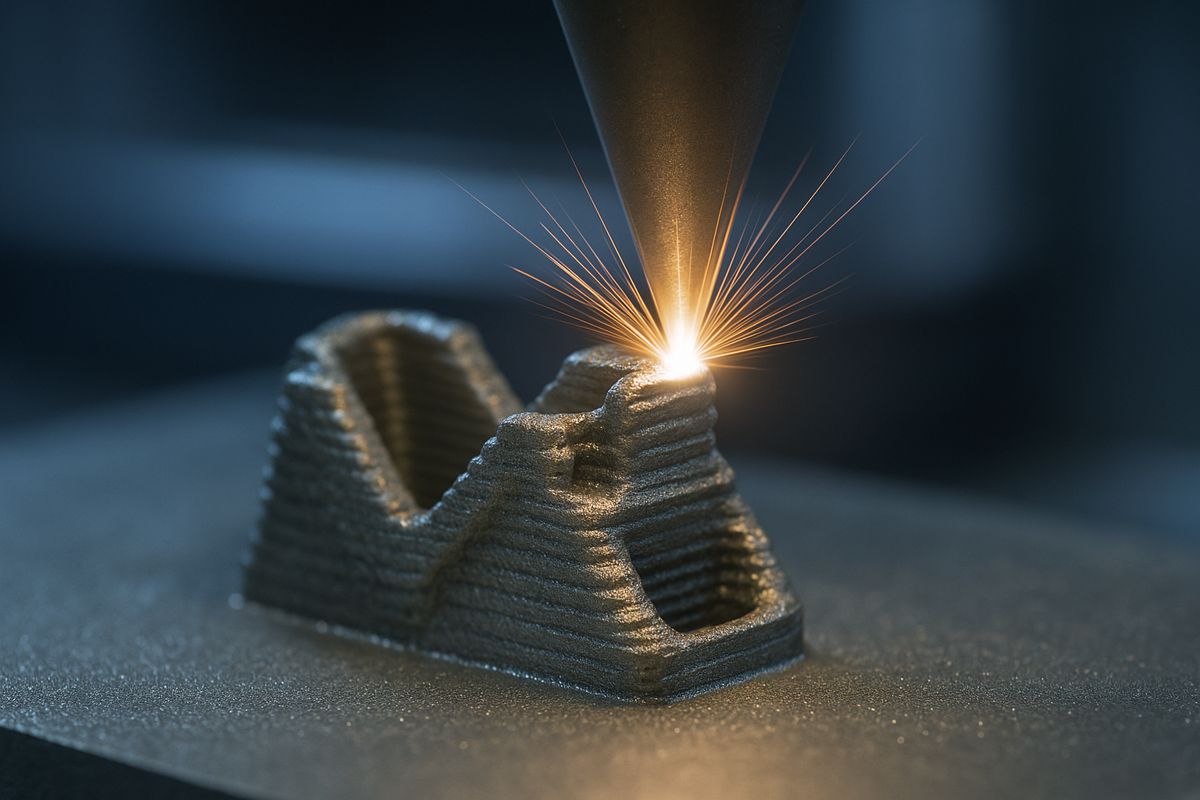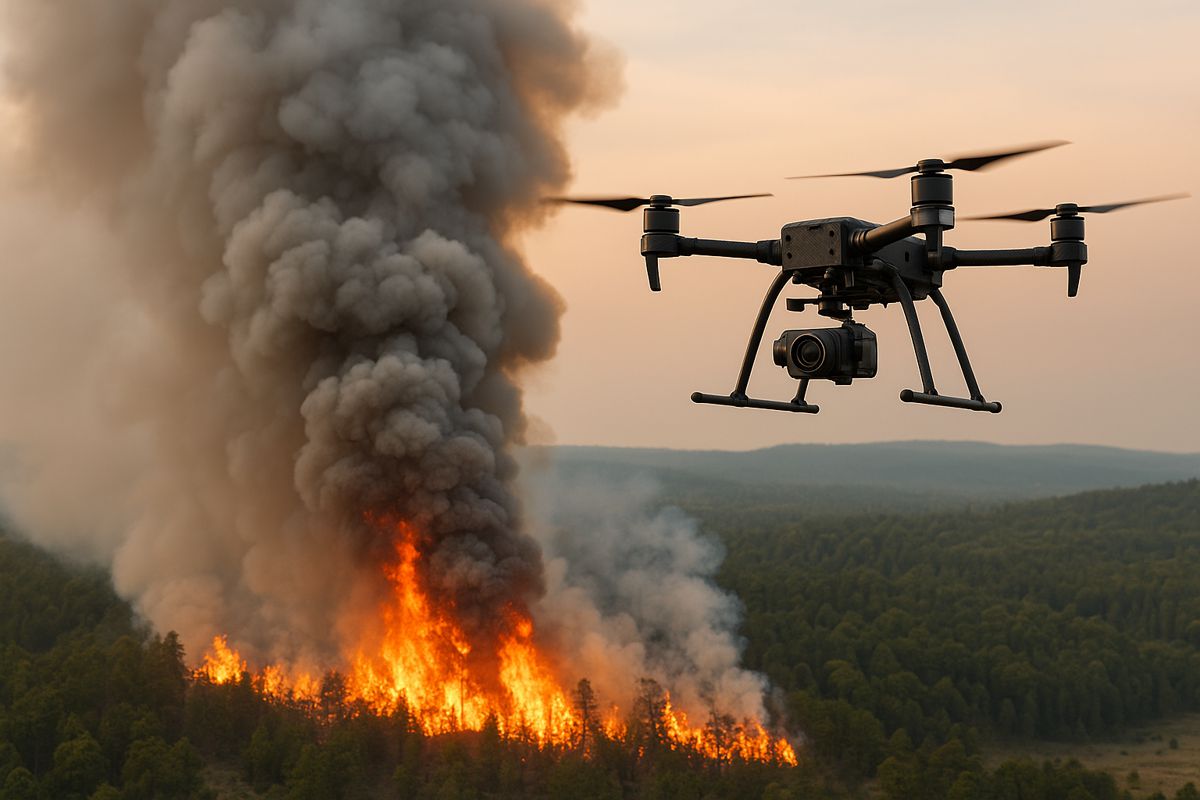Robotics Research at Case Western Reserve is Inspiring a Smarter Future
From sci-fi fantasy to practical necessity, robotics have evolved into a cornerstone of modern innovation. At the heart of this technological renaissance is Case Western Reserve University (CWRU), where a melting pot of engineering, psychology, and biology is spawning start-ups, ground-breaking research, and real-world solutions.
It’s no longer just about machines moving metal or assembling cars. Today, robots are reaching into the soil to bury powerlines, supporting mental health in isolated environments, and even helping dismantle underwater bombs. And it all starts with the minds shaping these machines.
From Biologically Inspired Bots to Buried Powerlines
Kicking things off underground—literally—is Assistant Professor Kathryn “Kati” Daltorio and her team at the Case School of Engineering. Drawing inspiration from earthworms, they’ve developed a robot that mimics peristaltic motion to tunnel through soil. This burrowing marvel isn’t just a clever gimmick; it’s set to revolutionise how we install underground powerlines, especially in tricky terrain where traditional digging methods fall short.
Funded by the U.S. Department of Energy and backed by a prestigious National Science Foundation CAREER Award, this project is more than academic. It could be a game-changer for energy infrastructure, potentially reducing the cost and disruption of laying cables across urban and rural environments.
But Daltorio’s biological blueprint doesn’t stop with worms. As co-director of the Biologically Inspired Robotics Lab, she also models robots after crabs—yes, crabs. These agile crawlers can grasp, climb, and clamber over underwater obstacles, making them ideal for tasks like retrieving unexploded ordnance, inspecting offshore oil rigs, and probing hard-to-reach aquatic environments.
Robotics from Lab Bench to Boardroom
Daltorio’s work didn’t stay in the lab for long. With the support of CWRU’s Technology Transfer Office (TTO) and the Veale Institute for Entrepreneurship, her crab-inspired inventions gave birth to CrabLine Robotics LLC, a tech start-up that’s already gaining serious traction. In fact, Crain’s Cleveland Business recently spotlighted the venture, highlighting how academic ingenuity is fuelling the regional tech economy.
This is part of a broader trend at CWRU, where academic ideas are routinely transformed into market-ready innovations:
- RoadPrintz: A robotic pavement-marking system designed to improve road worker safety
- Symphony Robotics: Developers of MRI-guided robotic arms for precision medical interventions
- AI Assistive Devices: Tools designed to help people with Alzheimer’s or early-stage dementia navigate everyday tasks
“We’re not just publishing papers,” said a TTO spokesperson. “We’re building companies that make a difference.”
Robots Lending a Helping Hand to Human Minds
While some robots dig in the dirt or dive underwater, others are venturing into the human psyche. At CWRU’s Social and Physical Human-Robot Interaction (SaPHaRI) Lab, Assistant Professor Alexis E. Block is pioneering ways for robots to engage with people on a more emotional and intuitive level.
Her team is spearheading a project called AstroPsych, a framework that uses the humanoid NAO robot to offer dynamic mental health support in environments where human therapists aren’t available. Whether it’s an isolated polar base, a disaster relief camp, or even a long-duration space mission, AstroPsych adapts to real-time physiological signals to deliver personalised, on-demand support.
“The goal isn’t to replace therapists,” said Block. “It’s to provide interim, adaptive support when traditional resources are unavailable.”
Teaching Robots to Read the Room
Another exciting initiative in the SaPHaRI Lab is RoboSOAR, a Baxter Robot that adapts its behaviour based on how humans respond to it. Think of it as first impressions, 2.0. RoboSOAR learns how people react to different gestures and then adjusts accordingly, opening up a host of possibilities for improving human-robot trust.
Meanwhile, the lab’s Turtlebots project is testing how groups of robots can guide humans through unfamiliar environments. It’s a peek into the future of guided tours, emergency evacuations, and even collaborative workplace tasks.
From a construction site to a hospital ward, these robots are being built to not only function efficiently but also to interact meaningfully with the people around them.
Why This Matters for Construction, Infrastructure and Beyond
Let’s zoom out for a moment. Why should investors, policymakers, and industry leaders in construction and infrastructure care about soft robots or crab-inspired crawlers?
Because this is about far more than robots. It’s about how emerging tech is intersecting with legacy industries to:
- Reduce labour risk and improve safety
- Automate repetitive or hazardous tasks
- Lower infrastructure costs and increase access
- Accelerate sustainability by minimising ground disruption
In the construction sector, robotic innovation is redefining workflows. Whether it’s road striping bots keeping workers safe or underground tunnelers making cable-laying more efficient, the future is hands-free and high-tech.
A Robotics Ecosystem Taking Shape
At its core, what Case Western Reserve is building is an ecosystem. One where cross-disciplinary collaboration is the norm, and where the university acts not just as an incubator but as a launchpad. With support from the Technology Transfer Office and entrepreneurial initiatives, researchers are empowered to take risks, test ideas, and bring viable products to market.
This approach doesn’t just push the needle in robotics—it helps grow the regional economy, creates jobs, and sets a gold standard for innovation that other institutions would do well to follow.
As robots become more integrated into everyday life, institutions like CWRU are showing the world how to do it right. With ethics, human-centred design, and real-world applications driving the charge, this isn’t about flashy gimmicks. It’s about building a better future, one innovation at a time.
A Promising Horizon for Robotics Innovation
What makes CWRU’s robotics story so compelling is its diversity of application. Whether it’s mental health, construction safety, or high-stakes underwater missions, the robots coming out of Cleveland aren’t just science experiments—they’re tools for a smarter, safer, and more resilient world.
As more of these technologies make their way from labs to life, we’re looking at a future that’s not only robotic, but radically human too.
